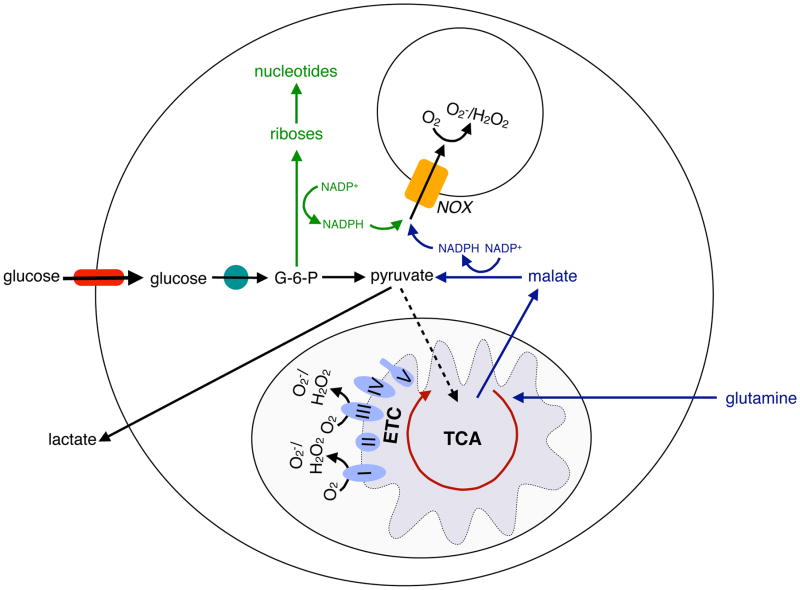Figure 2. Metabolic pathways supporting ROS generation in macrophages and neutrophils.
Macrophages and neutrophils rely on the production of reactive oxygen species (ROS) for their bactericidal actions. NADPH, which is required for the redox reactions of NADPH oxidase (NOX) system, is generated in the PPP branch of glycolysis or from the oxidation of glutamine-derived malate to pyruvate. In this manner, the metabolic pathways of both glycolysis and glutaminolysis contribute to the microbicidal activity of macrophages and neutrophils. In addition, mitochondrial ROS, which is derived from the inefficient flow of electrons through complex I and III of the electron transport chain (ETC), is a significant source of microbicidal ROS in macrophages.

